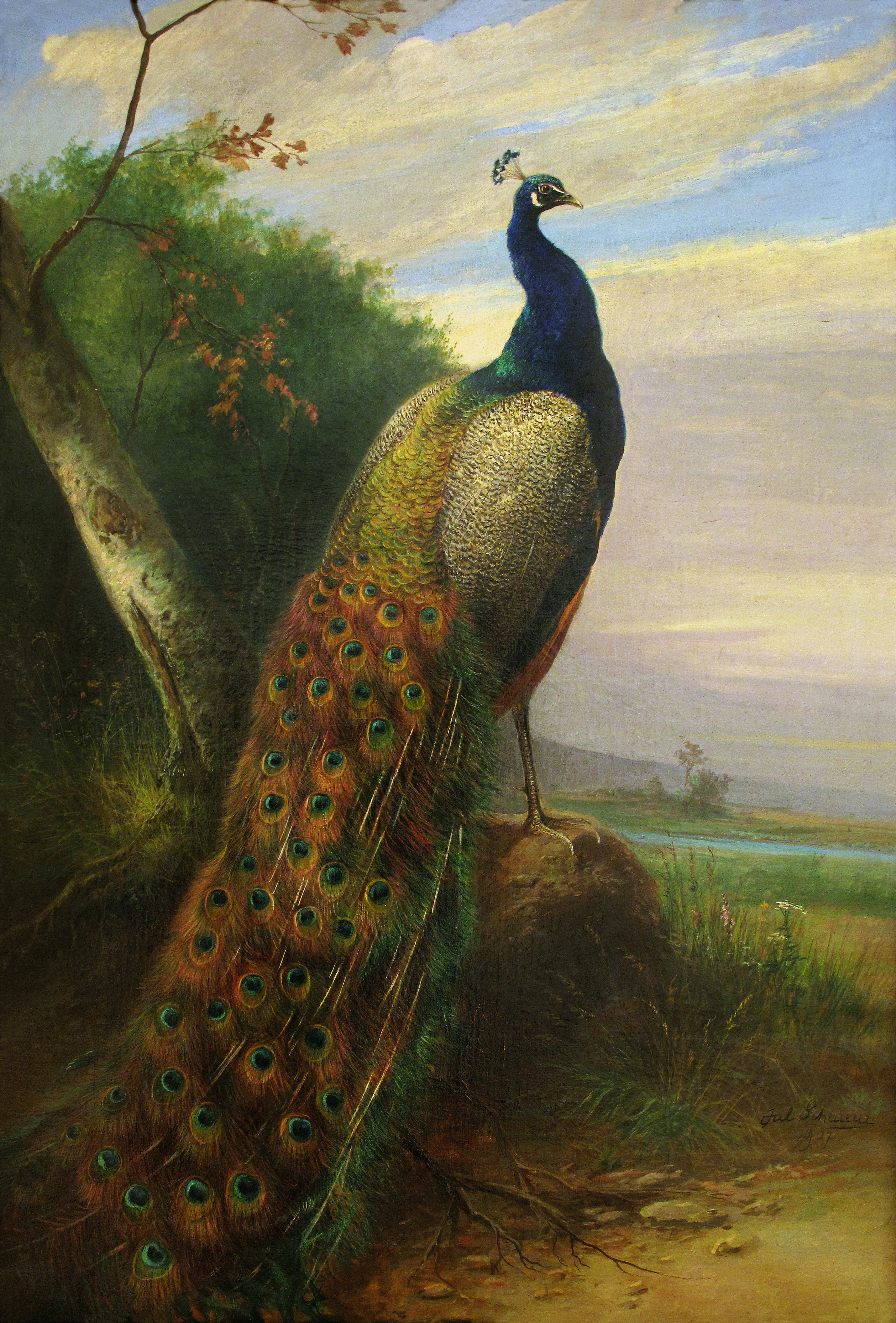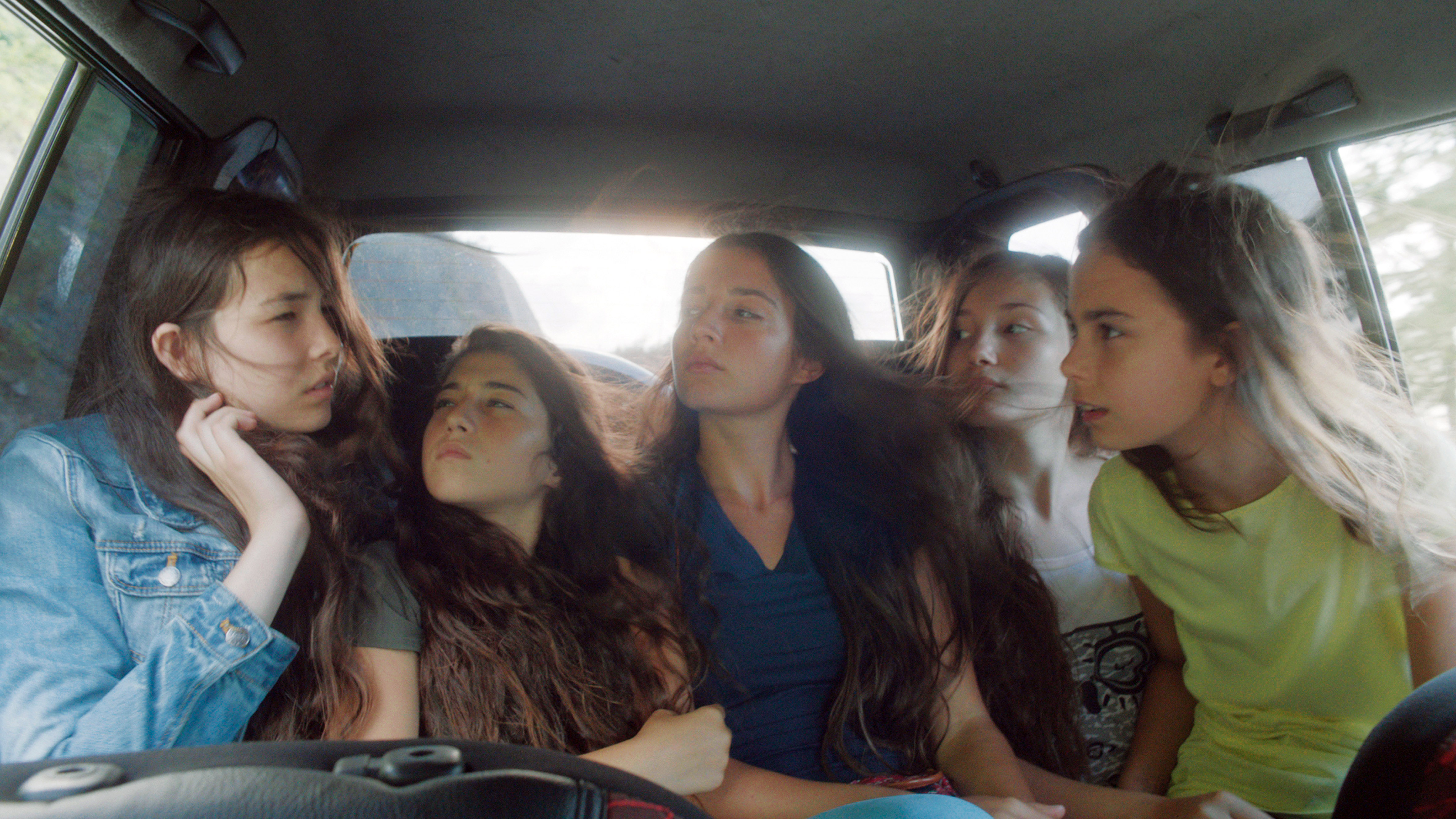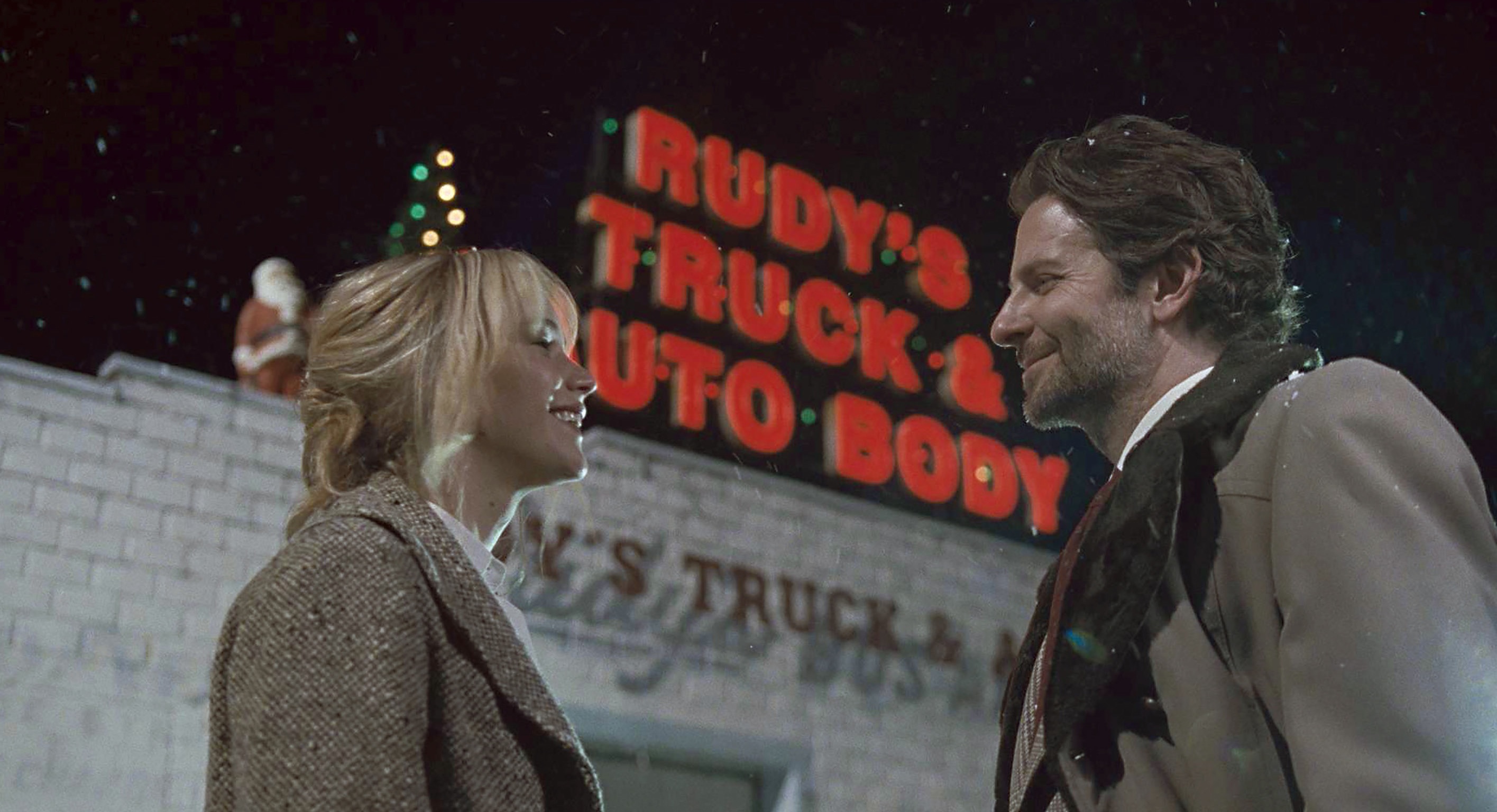The audience votes with its feet. At least at the museum, where you’re not supposed to applaud or cheer, people walk in—and out—purely on the basis of what they like. All museums track attendance figures; though I’ve often felt in our current age of RIFD tags that museums should monitor the duration of visits, as websites do. What’s popular—if not to say worthwhile—is measured by the swings of the door. What’s good is counted by the seconds per painting that patrons spend looking. Or, it could be; this might be tracked via motion sensors and such—like the Henry’s Sanctum. (Somebody ought to launch a Kickstarter campaign… )
All of which brings me to #SocialMedium, which the Frye is proudly calling its first “crowd-curated” exhibit, selected in August from 232 museum-nominated paintings by 4,468 online voters. Now 41 works are on view through January 4, with their likes tallied and selected online comments appended.
Who’s #1? That question is both the problem with the show and what’s interesting about it. Why must art be ranked? Should art be ranked like the movies’ weekend box-office numbers or Nielsen TV ratings? Isn’t a museum where we go to escape from such fleeting indices of popular taste? Just because everyone’s reading Jodi Picoult today doesn’t mean she’ll be remembered in a century alongside Jane Austen. Fine art—meaning the classics—is supposed to stand up against the caprices of time.
The top five vote-getters are displayed up front, with the following 35 bridesmaids arrayed more by curator’s eye. The elect group is led by the obscure—to me, anyway—Julius Scheuerer and his 1907 Peacock, which earned 3,525 likes on Tumblr. It’s no great painting, but it’s got an easy, Audubon-style accessibility. Plus there are animals involved (as with #4, Moulting Ducks), and there’s a landscape aspect to it (like #5, The Shepherdess). I would’ve placed my money on the Frye’s signature Franz von Stuck nude Sin to win, but it ended up #2. Plumage trumps sex? Go figure.
Pan’s High Autumn. Frye Art Museum
Online comments, almost interchangeable, are featured on wall cards. This lends to the populism—some might say narcissism—of the show, a kind of “Look, there I am!” aspect for local visitors. (The actual voting was unrestricted and worldwide; over 17,000 likes were cast.) The names of voters are even painted in the entry foyer, almost like institution-sanctioned graffiti; but this is also a useful inducement to visitors—which is every museum’s goal. The Frye even just got a write-up in The Wall Street Journal, a rare and deserved instance of national recognition.
Still, there’s a binary aspect to #SocialMedium. A like is akin to the famous Siskel and Ebert thumbs up or down—judgment stripped of critical nuance. And speaking of thumbs: Also on the wall cards with the vote tallies are little pictographs and emoticons, badges of the new Internet literacy (or illiteracy, depending on your perspective). The show both celebrates and reduces; the canon becomes a list.
The danger here is the trivialization of art as clickbait. (“You’ll be shocked by this one weird painting the Frye curators don’t want you to see!”) Moreover, the show’s conceit is better and broader than the art it actually contains. Yet it doesn’t go far enough. Why not collect more data? Why not compare more disparate art—even from different collections? Why not (see above) map museumgoers’ circulation patterns and viewing times? If museums are going to delve into data, go all the way like Amazon, whose stealthy algorithms track our shopping habits—actually a measure of thinking and personality—to such an alarming, comprehensive degree. (If you like Goya, you might like Velazquez.) Big Art, meet Big Data.
The Frye’s crowdsourcing experiment is another example of the leaderless quantification of taste, like The New York Times’ list of most-e-mailed articles. If other people think it’s good, you’re more likely to turn in that direction. Peacock won by a wide plurality over the next four paintings not because it’s better but because it was trending upward, like a penny stock or a Taylor Swift song. Put differently, we follow the numbers. And I wonder now if other museums will follow the Frye’s provocative example.
It would’ve been inhospitable to place visiting Chinese artist Pan Gongkai into the same #SocialMedium competition, though a more daring curator might’ve done just that. (Or better, put him into a contest with Ai Weiwei.) Pan led a press tour through Withered Lotus Cast in Ir
on earlier this month, and he’s very much a safe, state-sanctioned artist with academy positions and institutional laurels. He’s no dissident, no innovator, and his large ink-on-paper paintings have a comfortable heft and solidity. They’d look good on the walls of bankers’ high-rise conference rooms in Shanghai or Hong Kong. Organic forms are paramount; there’s even one landscape (a moonlit lake from 2005); and the recent Frye-commissioned works are studies of the richly symbolic lotus flower.
Pan, born two years prior to the 1949 birth of Communist China, lived through the Cultural Revolution (when his father, a political prisoner, was persecuted to death). But to succeed in the modern Chinese state, he’s learned to paint around such unpleasant things. The patient lotus endures muddy tumult; the flower can survive 1,000 years and even seemingly resurrect itself from death. If not a symbol of overt resistance, it remains aloof from man’s petty, short-term squabbling. A century’s political upheaval means nothing to such delicate fortitude, which Pan presents on a near-monumental scale. (The title piece in Pan’s first U.S. museum show, on view through January 18, stretches across 50 feet of wall space!)
Withered Lotus is just one guy, one body of recent paintings (17 in total) curated by the Frye’s Jo-Anne Birnie Danzker. Neither Facebook nor Instagram nor the Internet-voting public had anything to do with it. I don’t find the show particularly impressive, but there’s a unity to it, a sense of deliberate selection. The mob may have its strength in numbers, yet the artist’s individual hand—or curator’s judgment—stands above it. Rather like the lotus, in fact. Frye Art Museum 704 Terry Ave., 622-9250, fryemuseum.org. Free. 11 a.m.–5 p.m. Tues.–Sun. (11 a.m.–7 p.m. Thurs.)
bmiller@seattleweekly.com








